To launch a new series, Jack Smellie asks what successful breeding actually means and what we can do to achieve it
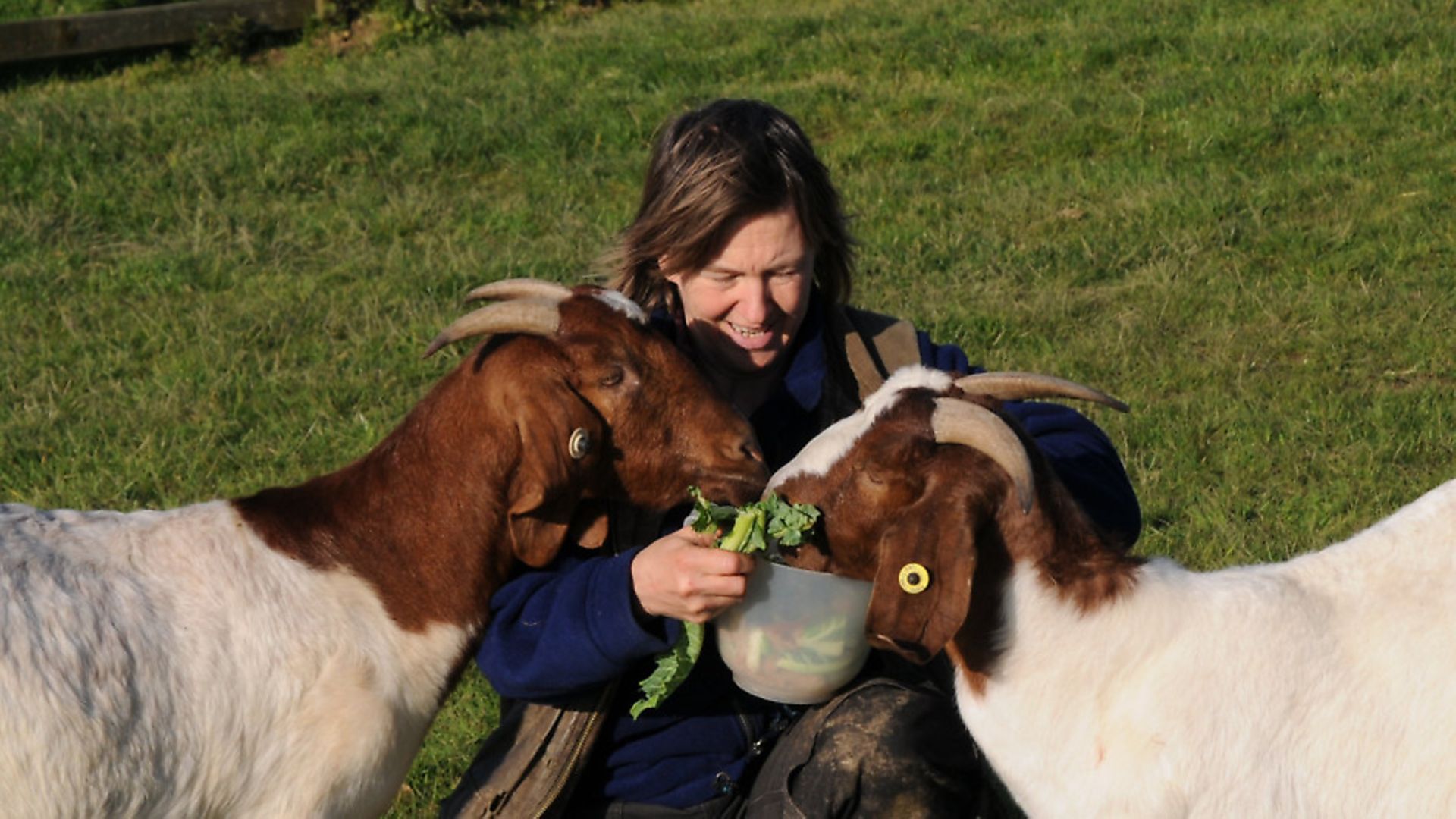
Our move from one to 10 acres a year ago gave us the chance not only to own more stock, but also to breed more. I remember feeling so excited to think that my 30-year dream of having Dexter cattle on our land was finally going to come true and that we would have the privilege of breeding our own calves. We also wanted to increase our sheep numbers (from two), and we became dizzy with expectation when, in just 24 hours, a Facebook posting provided more than a dozen different breeds for us to choose from. And then there were the Boer goats, another part of the overall plan, in which we were, after years of goat keeping, finally hoping to raise our own goats for meat!
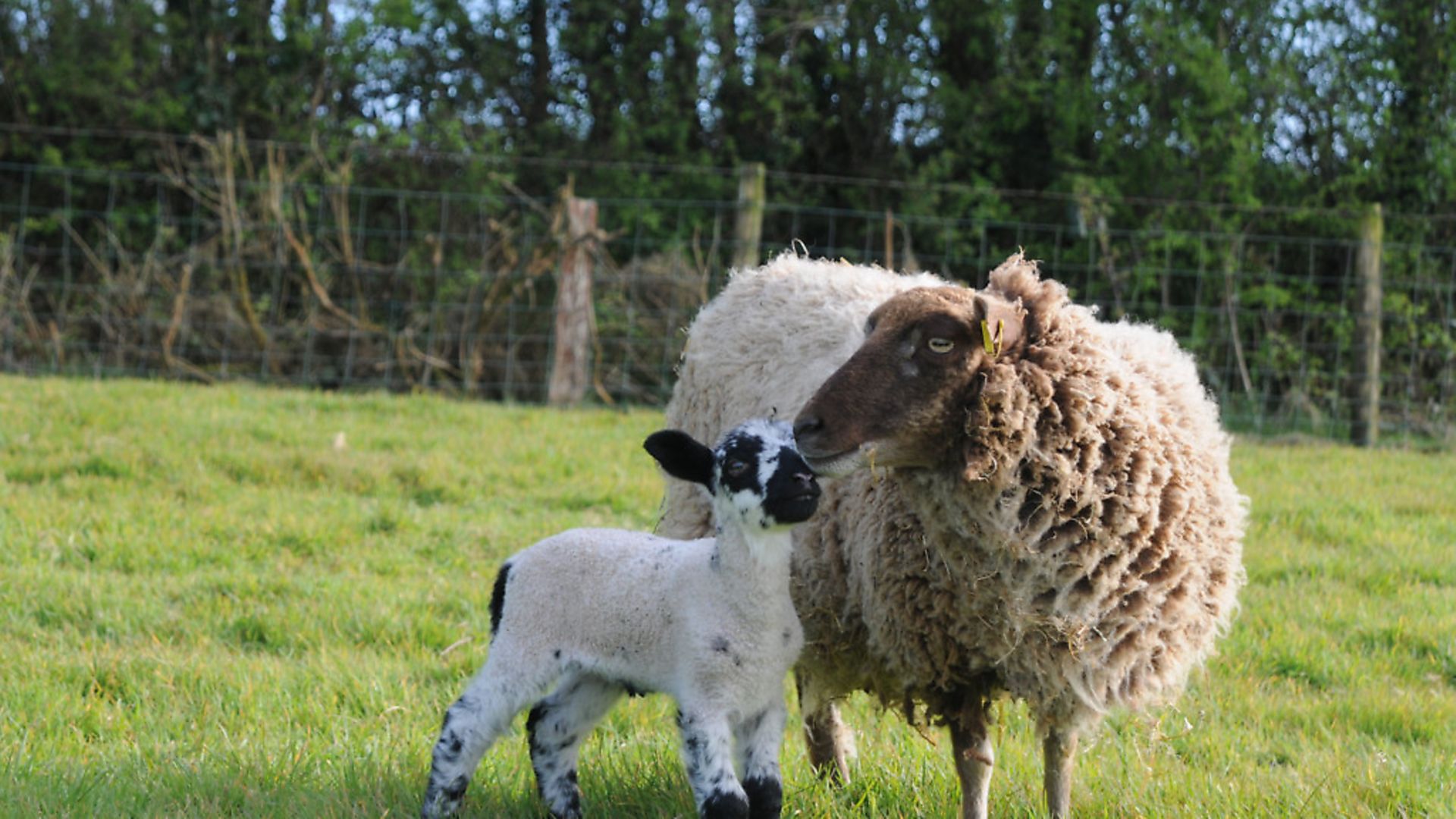
Overall, our first year’s breeding went incredibly well: three healthy calves, two sets of triplets from our Boers, 14 lambs from eight ewes (and one stillborn) and two cria (although we later tragically lost a mum), with all of these being unassisted births. And at the last count we had more than 80 assorted chicks, goslings, ducklings and turkey poults. Phew!
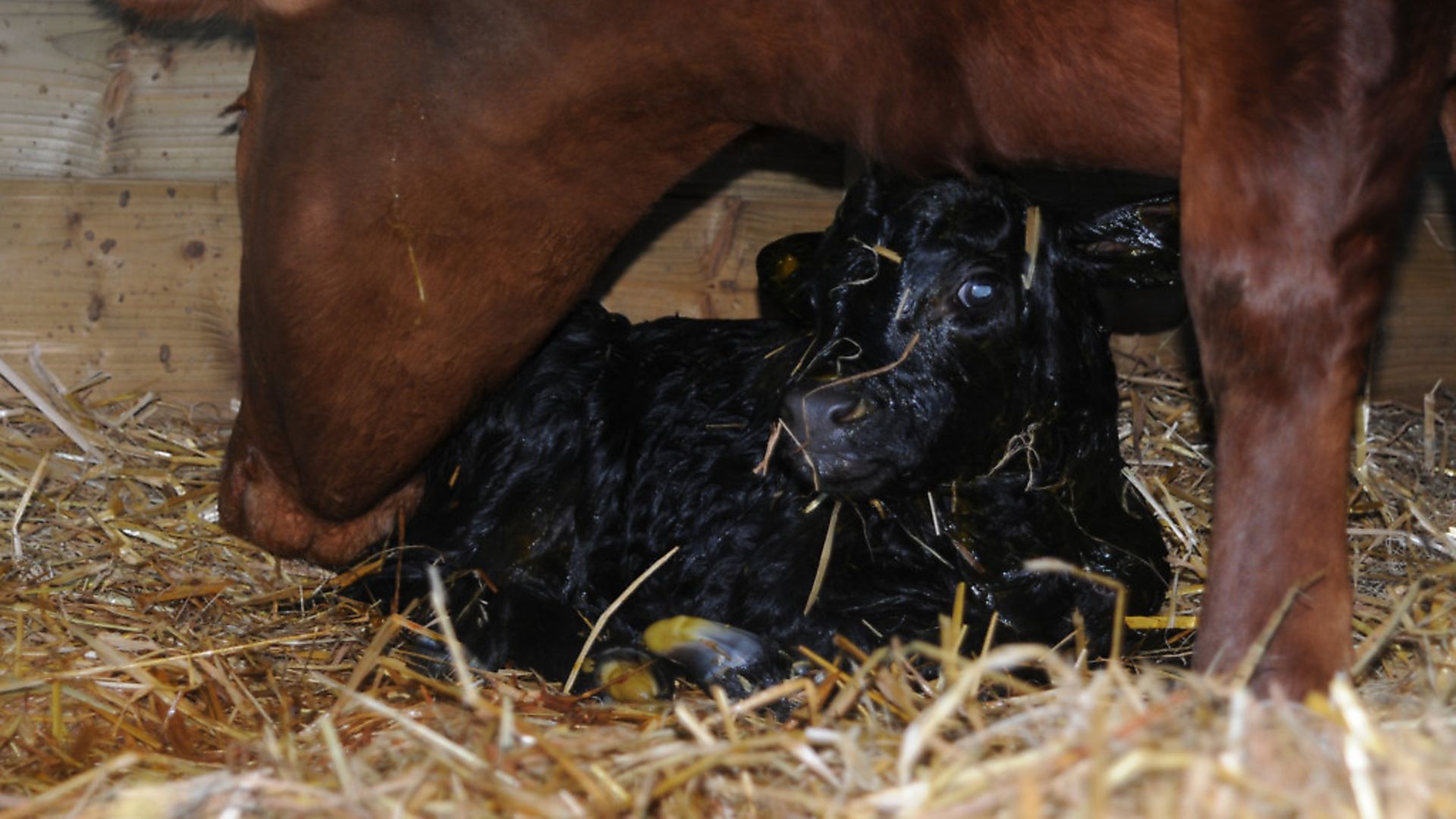
A fellow smallholder (with vastly more stock and experience than us) commented on our FB posting of calf number three and wrote ‘you have been lucky with your first year’s calving Jack’. We readily agreed, but then we stopped to think: really, had we been lucky or was it more that we had chosen sound breeding stock and provided good quality care over the winter? Or should the previous owners take credit for the right choice of bull? Is our land just such good quality that any animal would do well on it? In other words, what makes stock breeding successful or otherwise, what actually does successful breeding mean in the first place and, most crucially, how should we, as smallholders, manage our breeding programmes?
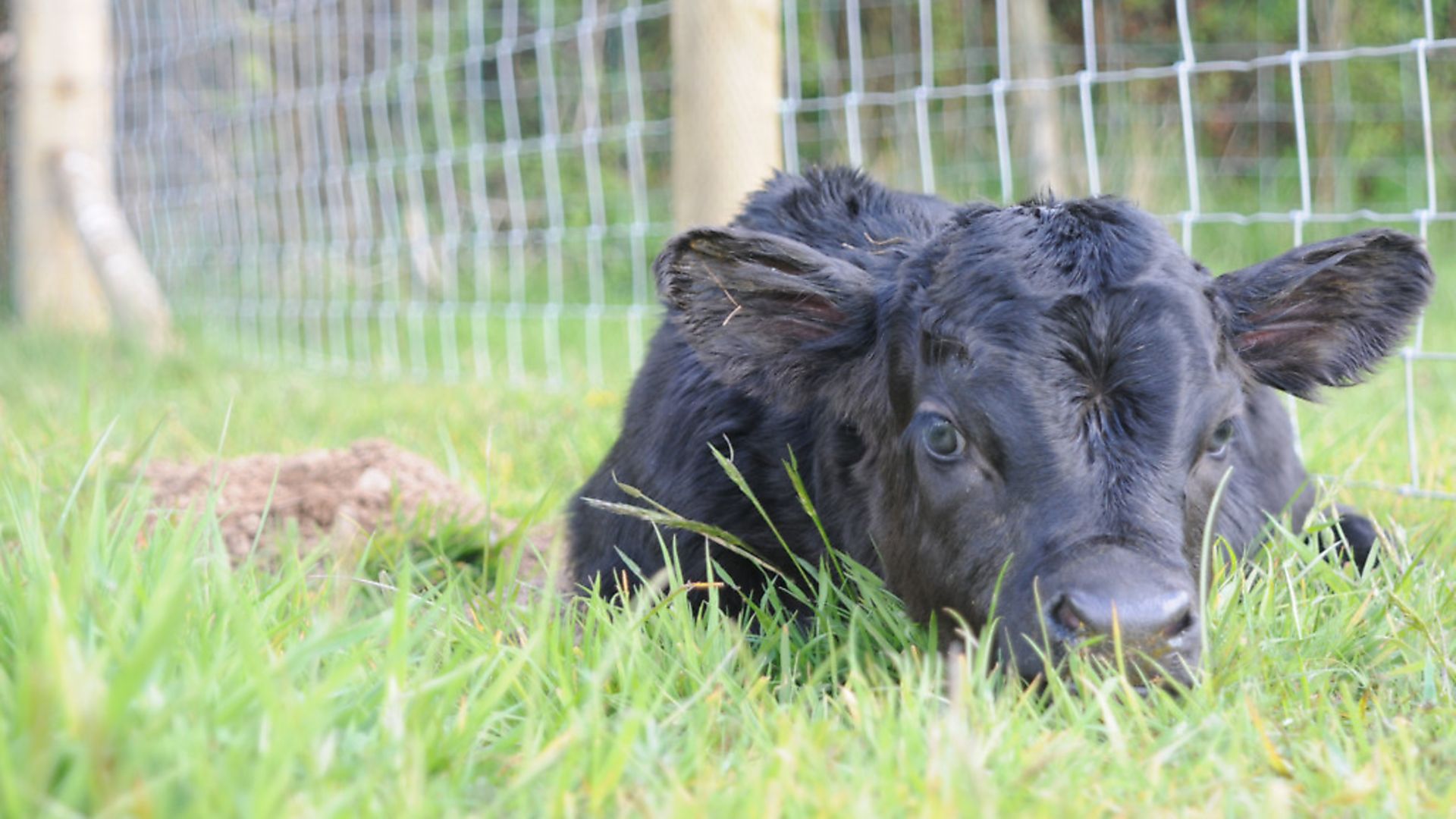
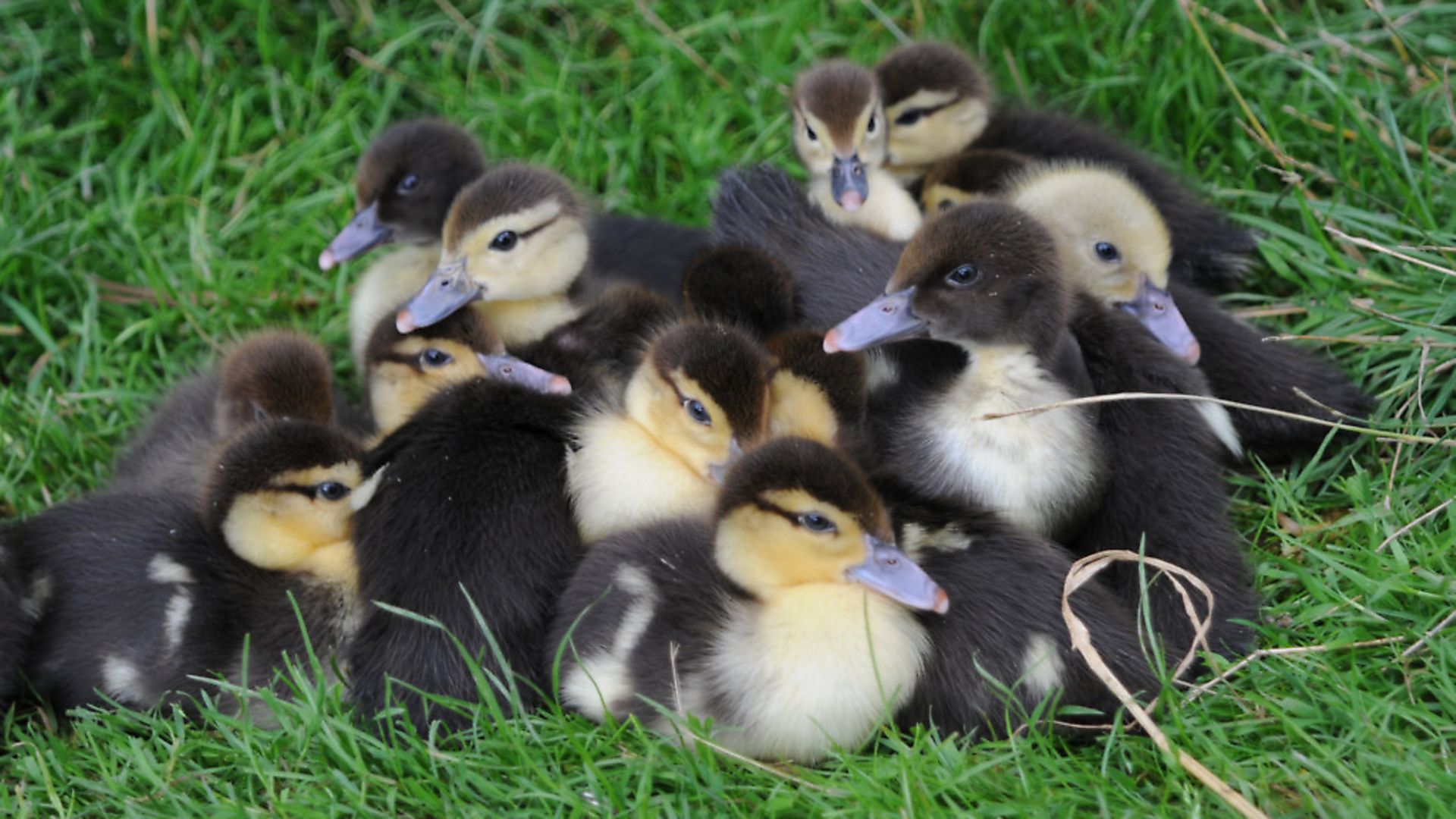
A wide range
This is what the articles in the series will hopefully answer. We will try to cover a wide range of topics and issues including breeding for showing, rare breeds and why it is felt important to keep them going, developing new breeds and commercial versus ‘smallholder’ breeding. Along the way, things may get a little controversial as we express views (not just ours) on such issues as culling, inbreeding and linebreeding, mega-farms, breed societies, breeding for ‘looks’ and breeding for money (is that even possible?).We also hope to provide lots of tips and advice from a wide variety of sources, to look at what happens when things go wrong (which they will) and how we have to learn and move on. We may even get a little technical and start talking about EBVs (Estimated Breeding Values), gross margins and genotype. We will quite possibly ask as many questions as we answer. We will also be on the lookout for amazing and inspiring breeding stories (successful and otherwise) from other smallholders, so if you have one, get in touch (jack@relaxed.ltd.uk).
But back to the beginning – just why do we breed from our stock? If we ask that question across the livestock-keeping world, there is just one answer: for food! For a great many smallholders in this country this will be a major part of their answer too. How many times have you said, or heard it said: ‘I live this life because I want to know where my food comes from’ or ‘I want to know that what I am eating has had a happy, healthy life’. But for many smallholders, the answer is more complex. It’s not always just about putting a meal on the table; in many cases that can actually simply be a happy by-product. Smallholders breed stock for so many other reasons: to enjoy the process of creating new life is one reason and, as long as there is a game plan as to what happens to those new lives, that’s surely okay? There’s also the whole idea of preserving breeds, improving breeds and crossbreeding. Then there are some rather less complicated reasons such as needing more stock to keep your grass down or because ‘she’ is your favourite goat/sheep/horse etc and you really want to have one of her daughters. Some smallholders breed to keep a particular line going and/or to provide breeding stock for others and so, in essence preserve the ‘smallholding’ way of life. We rather like that one.
Hard work
The reality of breeding stock is that it generally is quite hard work – there will be tears, frustrations, excitement, guilt, relief and quite often (hopefully) an overwhelming sense of awe at the part you have just played in producing that brand new life! And with that comes the responsibility. The first task is to get the newly born through its first 24 hours (always the most vulnerable), then to make sure you look after mum as much as baby, to progress through to weaning (or the equivalent) so that your new life is independent and then… to work towards to the end-plan which, crucially, should have been in place long before any sperm even vaguely began to head towards the egg.
So at what point do we say that we have had a ‘successful breeding experience’. At the start of this article, we stated that this year ours had gone ‘incredibly well’. That was based on zero assisted births, only one death and healthy mums (bar our alpaca that died), with youngsters all progressing well through to independence. We had no other expectations: we weren’t overly concerned about male/female ratios, growth rates, weight gains, markings… Neither were we looking necessarily to keep any of our newly bred stock, rather to sell on as breeding/fattening stock, pets or to rear on ourselves for meat. Strictly speaking though, should our conclusion as to whether or not we have had a successful breeding season really only be reached once all our new stock has been sold on or dispatched? Surely, if we are left with stock we cannot sell or an oversupply of meat in our freezer, our breeding success is diminished because the conclusion has to be that we have bred too much?
So does breeding success simply come down to expectations and whether those expectations are met? Our breeding this year may have been a disaster for someone else because they might, for example, have wanted different markings for their Shetland sheep or more bull calves than heifers (for meat). Of course these examples illustrate how some expectations are more achievable: perfectly marked stock versus more males than females? We may have some control over the first, but (unless you are trying the trick of only mating your sheep on a Wednesday – or some other such nonsense), you have no control over the second (although we have no doubt that somebody somewhere ‘will’ claim a trick or two on that one).
And there really is an awful lot that breeders don’t have control over: the weather, market forces, other peoples’ breeding (which can at best be competition or at worst fill the market with less than desirable stock), the standards set by the breed societies (unless you are on the committees). We can also do the very, very best possible by each individual animal and still things will go wrong. For us, we questioned what we could have done about our stillborn lamb this year and yet, unfortunately, we will never know whether our presence during the birth would have made a difference. Similarly, an animal may produce the best possible young stock year-on-year and then one year, not.
Careful planning
When it comes to it though, any decision to breed must be carefully considered, financially and emotionally, and a plan must be in place for the resulting young. Despite all that has been said so far, there is a huge amount that can be done to ensure a successful outcome, and it is the duty of any smallholder to do all they can. To end our first article therefore, this is our quick-fire guide to maximising your potential breeding success. Many of these points and more will be picked up on later in the series:
– Stating the obvious: if you want healthy young stock, only breed from healthy adults whose background and history you know – in our very first year we bred from two RSPCA rehomed goats, fast forward four years to a tearful but very necessary culling of a goat whose feet and joint problems were beyond treating!
– Talk to other breeders, bombard them with questions, listen to their advice, visit their holdings;
– Caring for your pregnant stock starts way before they become pregnant. Plans should be in place for both long-term and short-term care;
– Involve your vet from the start – it is part of their job description to know about all the many ways breeding can go wrong… have their number on speed dial in your phone;
– There’s that cliché, prepare for the worst and hope for the best. It’s not just about having the lambing box all sorted, it’s also about knowing what to expect. We entered our first year of kidding and lambing in an uninformed mist of excitement. The following year we were terrified with our new found knowledge about all that could go wrong. By year three we had sort of found a happy balance;
– Plan in advance. If you don’t have males living on your holding and need to hire in, use AI or take your girls off-site, you need to plan weeks/months ahead.
– The ‘male’ you use (whether real or in a straw) is indeed half of your herd – choose him wisely;
– Keep really accurate records, year-on-year, about every aspect of your breeding programme. That way you can make accurate and beneficial decisions that improve your herd/flock year-on-year too;
– Be prepared to keep stock you cannot sell till the following season/year rather than sell it cheap – you won’t do any breeder (including ultimately yourself) any favours by undervaluing. If you cannot keep stock through, don’t breed in the first place;
– Get to know your animals. Understand the behaviour both as a species and as individuals so you can spot when things aren’t right;
– Consider temperament. Breeding successfully is not just about how an animal looks;
– Learn how to body condition score. It is not that difficult.
Next time: words of wisdom from the vet and a few cautionary tales…
Image(s) provided by:
Archant
Archant
Archant
Archant
Archant







